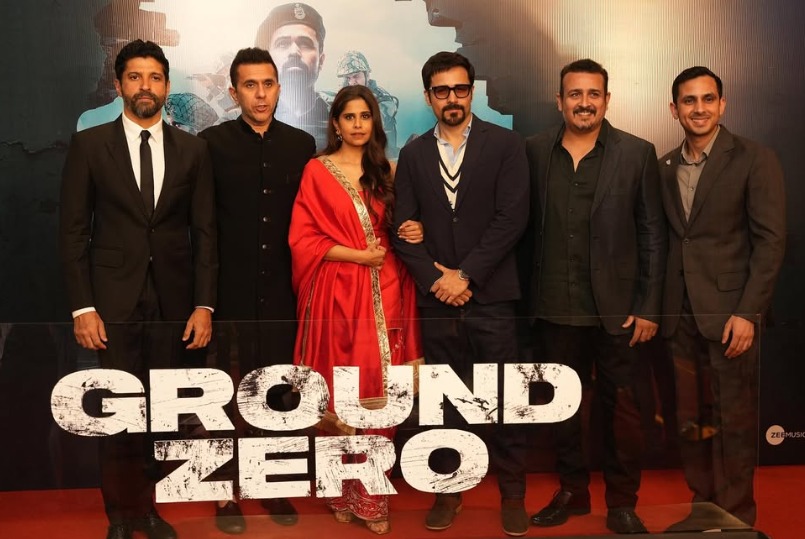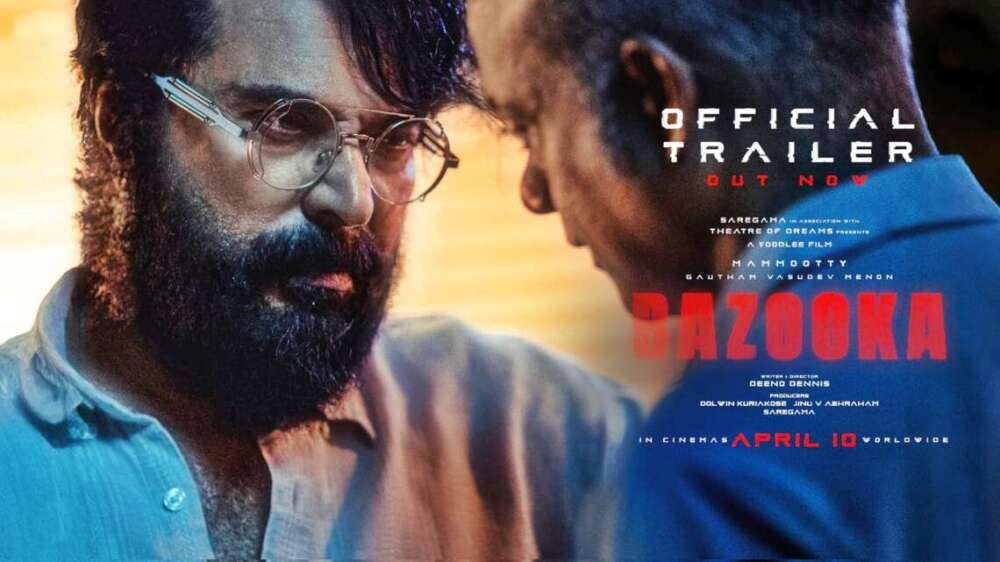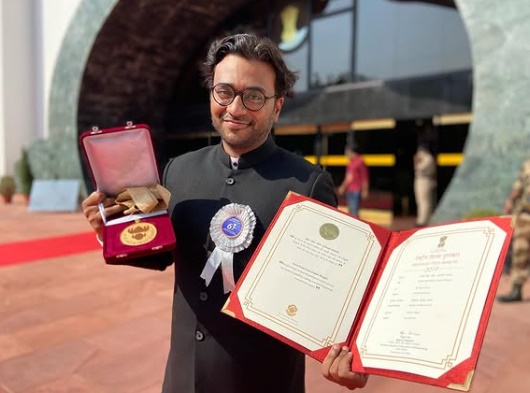As swift as a flower falling, life ebbs away! There have been many creative works that explored the mystery or magic of that moment when a person revisits one’s own life. “Poovu” (The Flower) directed by Anish Babu Abbas and Binoy George is the latest in this genre. Only that, it does it in a spiritually personalised manner … writes Anand Haridas
It is Margaret Atwood who said, “in the end, we’ll become stories”. That transformation from a reality to a story is the moment of realisation. A sort of stock taking for all that one have passed through in his or her entire life.

There have been many creative works that explored the mystery or magic of that moment when a person revisits one’s own life. “Poovu” (The Flower) directed by Anish Babu Abbas and Binoy George is the latest in this genre. Only that, it does it in a spiritually personalised manner.

In just about 80 minutes, this film in Malayalam, a South Indian language, is the moment its protagonist Jeevan goes through before he dies. But the film is not about his passing on. It has got more to the film.
Like Emily Dickinson says in her poem ‘After great pain, a formal feeling comes’, the realisation happens afterwards. She writes, “This is the Hour of Lead/Remembered, if outlived/As Freezing persons, recollect the Snow/First – chill – then Stupor – and then the letting go.” This film is as much about Jeevan, the protagonist, as about the four women in his life – his mother, wife, daughter and lover. This is a journey they take together.

“Jeevan is the commonest of the commoners. He approaches life, relations and like without any baggage of the modern social ethos. On the other hand, he does that through the natural instincts woven with love and respect. He is making a final attempt to hold his personal likes together at the moment before his death and the film is about what he realises at that moment. It is not a deliberate or planned move, but an instinctive one,” says Anish Babu Abbas, outlining the character, and the central plot.
But the film goes much deeper than this, right from the first frame listing the titles. There is a clear stand that the film takes. The names of the crew members are written with stress given to female names or surnames. The identity of Jeevan is moulded by those four women in his life. So, it is natural that the film starts giving an impression that it is tribute the contribution that women make in everyone’s life.
Simone de Beauvoir once said that the concept of ‘woman’ itself is a male construct. The meaning and definition of womanhood is provided by men. That’s why she said, “One is not born, but rather becomes, a woman”. This film cannot be approached without understanding the nuances of this idea.
Even though the narration does not give much details into the professional career of the protagonist, which is immaterial in a way, it does give very clear impressions on how his character is formed at different stages by the women in his life. “The core element of this story is how Jeevan recreates with much curiosity how four strong women helped him different phases of life,” says Abbas.
The design of the film is deceptively simple. It has Jeevan driving a car, which resembles a coffin in its box shape, with other characters joining him on a long drive. Jeevan’s mother, wife and lover gets into this car and his daughter joins through a phone call. Together, they set out on a journey, from which, as Jeevan says, “no one can get off”. Interestingly, their car crosses an ambulance at different points, in which the daughter is bringing home the dead body of Jeevan.
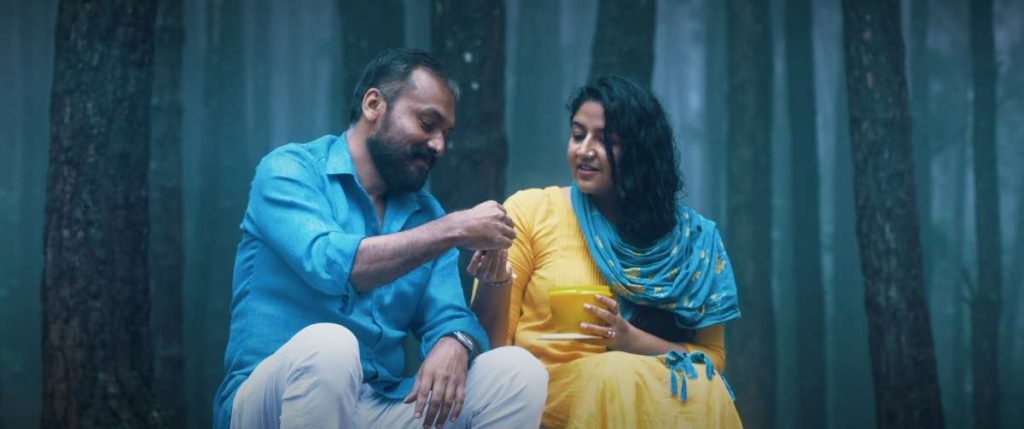
What is remarkable here is the way in which the writer, Johnson V. Devassy, and directors bring in social criticism subtly through the life of Jeevan. He had to flee his land for falling in love with a Muslim girl and inviting the wrath of her family and community. Later, his mother insists that he attend the marriage of the girl so that he could let go his love and move on with life.
Interestingly, Jeevan’s character arc is linear as his choices are simple and direct, whereas the character arc of his wife, Sandhya, is much more complicated. She senses his lost love right from the beginning and is ready to accept it as part of his and their collective lives. That is why she is ready to accommodate when Naziya, the lover, joins their journey in fantasy or when she turns up at the house to get a last look at Jeevan’s dead body while it is being prepared for funeral.
The filmmakers bring in an interesting contrast at this point too. While mother insisted once that Jeevan should visit Naziya’s marriage, his daughter Yama welcomes Naziya when she comes home and says that her father had a final wish that Naziya should be allowed to plant a kiss on his dead body. Sandhya, the wife, is a bridge that connects these two generations and in a way, she epitomises the life that Jeevan had lived through. Unlike the mother, Yama brings in more compassion to the relationship that Jeevan has with Naziya. That, in a way, completes the what Sandhya has started towards defining Jeevan through his relationships.
It is also intriguing to note that while the film attempts to analyse the way a man’s life is completed through his relations with four key women in his life, there is no attempt on the part of the writer or filmmakers to study the dynamics of the female mind. The narrative chooses to stick to the male perspective all through.
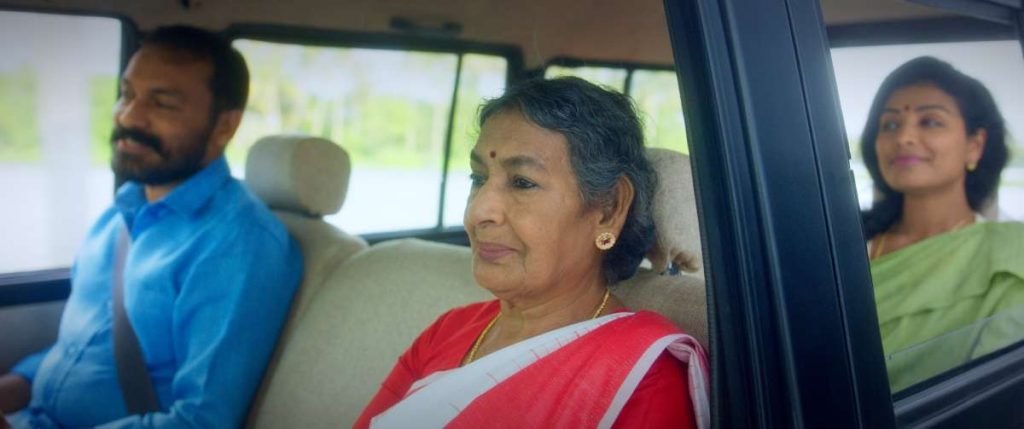
The journey that symbolises Jeevan’s transition from life to death is also visualised in a special manner. The car carrying him and three women passes through totally unrelated and diverse landscapes. In one moment, they are by a seashore watching a golden sunset and in next they are going through a misted forest.
“That was a deliberate decision. The concept of making them travel through landscapes that are not connected in anyway, which cannot be identified or associated with and which breaks the continuum of space and time was there right when we started writing this film. The idea was to capture disorder associated with the thoughts that might occur at the moment of death. The disconnect in dialogues is also a deliberate attempt in this direction. We wanted to create an intellectually pulsating visual experience for the audience,” says Abbas.
The same can be said about the aerial shots used liberally all through the film. They not only capture and establish the geography, but bring out the complexities in the seemingly linear and simple life that Jeevan had led. It layers the narrative of relations without being obvious.
There are times when dialogues or the way they are rendered appear too dramatic. But the director says that that pace happened organically when the actors started behaving as characters and it was not tinkered with during the edit. It sets the tone of the film.

The rich theatrical background, as an actor and as a trainer, of Manjulan who played the protagonist might have also added to this effect. “Dialogues were used as reflected memories of the characters and since they are fragmented, the initial attempt was to stick as much as possible to realistic rendering. We had prepared the actors thus during the workshop that was held ahead of the shoot. But as the actual shooting began, we realised that realistic rendering might not align with the narrative pattern, which is about a journey towards death. Many such factors added up to the design in which dialogues were rendered. It was a calculated risk, in a way,” says Abbas, and it worked, so to say. The audience will keep getting that alienated feel even while being a fellow traveller with Jeevan and his passengers.
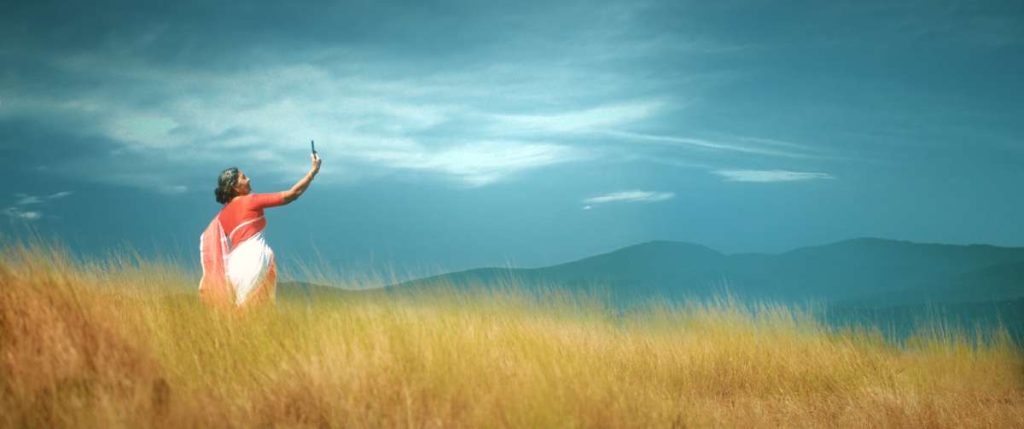
The film is essentially about death. When engaged directly, there is only one death depicted in the film – that of Jeevan. The film ends with a track shot that explores the inert body of Jeevan being readied for funeral. But there are many other deaths happening in the film, metaphorically. There is a suggestion to that in the title sequence itself.
It has Sandhya extending her hand to collect a flower dropping off from a top branch of a tall tree. She is shown looking upwards with her hands extended and a flower drifts smoothly towards her. Only the flower and Sandhya are in sharp focus at this point, but the viewer can see many other flowers drifting past her during the sequence.
When Jeevan dies, all those associated with him die many deaths. Relations get realigned, new realisations happen. Not just his immediate family, but those like Naziya with whom he no longer has a direct contact get entangled in the complex pattern of life. At no other point in the film, there are direct reference to flower (which is the title of the film) and that is why the viewer is forced to go back to the title sequence after the film and play back the fall of the flower.
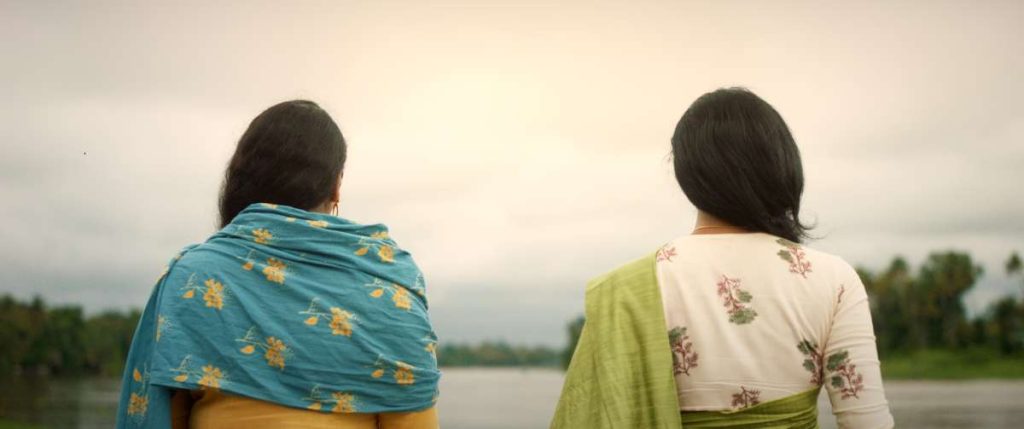
That is the point where the viewer realises that life will ebb away swiftly, after a very brief moment of pause, like a flower severing its connect with the tree of life and what remains is an uncharted drift downwards. That is the moment of spiritual awakening too.
(Anand Haridas is a media person with more than a decade’s experience reporting for The Hindu, one of India’s national dailies. He has reported extensively on films and arts. Since then, he has moved to creative writing and content curating. He is now into writing films. He is based out of Kochi, in South India)






